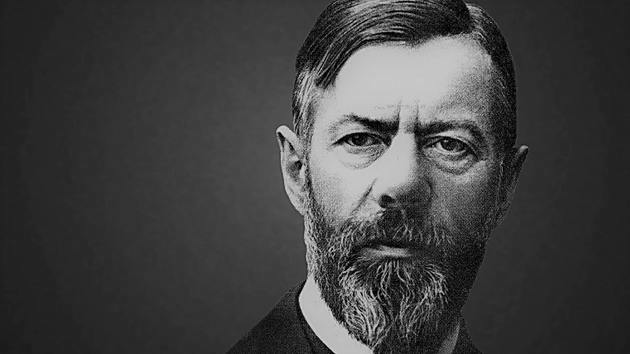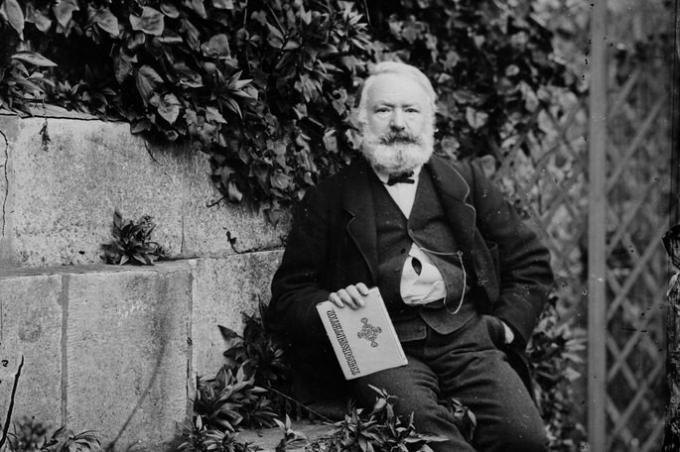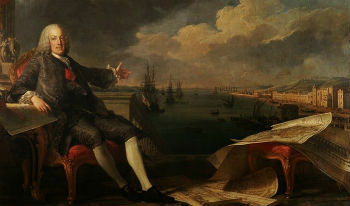Leonardo da Vinci he was one of the most important Italian artists of the Renaissance period.
Renaissance scholars recognize in him perhaps the most significant figure of his time.
It was what you might call genius, dedicating himself to studies in various fields of art and knowledge at a time when there were intense transformations that guided the world towards modernity.
It was in painting that Da Vinci found the greatest prominence. About painters, he once said:
The painter is the owner of all the things that man can imagine... What exists in the universe by essence, presence or imagination, he has previously in his mind and then in his hands.
da vinci biography
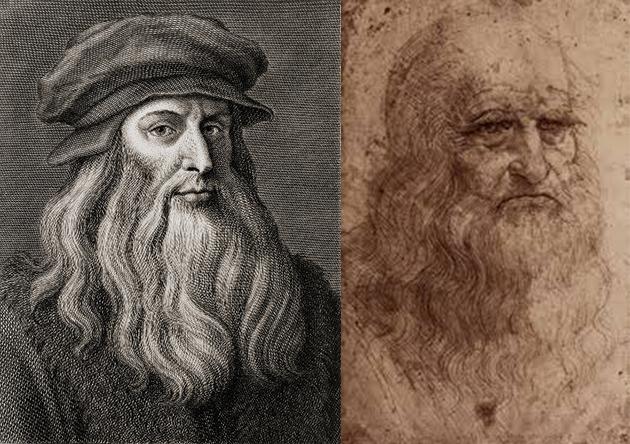
Leonardo da Vinci was born in Anchiano, a small Tuscan village near Vinci and near Florence, Italy, on April 15, 1452.
At the age of 17, he studied Arts in the studio of master Andrea del Verrocchio, where he modeled terracotta images. He worked for important figures such as Lorenzo de' Medici, governor of Florence.
In 1480 he painted the canvas Virgin of the Carnation, considered his first individual work.
Between 1482 and 1499 he lived in Milan, where he was a protégé of Ludovico Aforzo, Duke of Milan, for whom he painted the fresco “The last supper” to the Monastery of Santa Maria delle Grazie. He also provided services for the duke as an architect and engineer, as well as a painter. It is from that time the work Vitruvian Man.
In 1503 he carries out what would be his great work, Mona Lisa, using the technique of sfumato. In this method, the artist produces gentle gradients in tones, which enable the representation of the texture of human skin. Leonardo da Vinci was a great appreciator of this way of painting and used it a lot in his paintings.
Even at that time, he served as a strategist for César Borgia, an Italian cardinal and nobleman. From 1503 to 1516 he lived in the Vatican, a period of great activity. Rafael and Michelangelo - other important artists of the period. At the commission of Pope Leo X, he carried out a series of brilliant studies in optics.
During the French occupation of Italy, da Vinci designed a residence for Governor Carlos d'Amboise whose boldness earned him an invitation from the French King Francis I, to live in France, where he carried out works in the cut.
He died aged 67 on May 2, 1519 in France and was buried in the palace of Amboise.
Leonardo Da Vinci's Main Artistic Works
Leonardo da Vinci painted few paintings, however, they are all true masterpieces.
Da Vinci's work was based on the realism of the figures and valued the value of lights, shadows and reliefs. About this, the artist explained.
Shadows find their limits at certain points. Ignoring them will result in dull work; and relief is most important, the soul of the painting. [...] The face greatly gains in relief [...] and beauty with the intensification of light and shadow.

The following works are noteworthy:
- "annunciation", exhibited at Galleria Degli Uffizi, Florence, Italy;
- "Mona Lisa", considered the best known painting in the world, exhibited at the Louvre Museum in Paris, France;
- "Vitruvian man", an engraving exhibited at the Gallerie dell'Accademia in Venice, Italy;
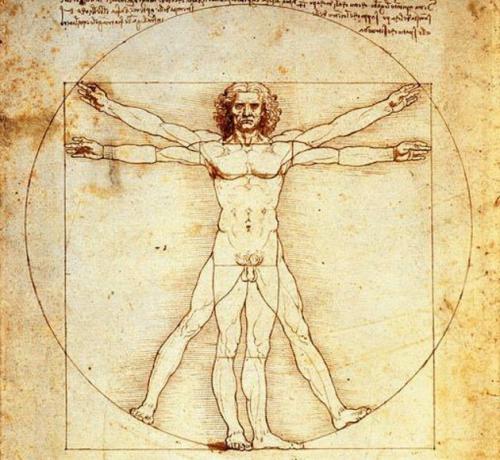
There are also important works by the artist:
- "Virgin of the Rocks", one of them exhibited at the Louvre Museum, Paris; and another at the National Gallery, London;
- "The last supper", fresco located in the Church and Convent Santa Maria Delle Grazie, Milan, Italy;
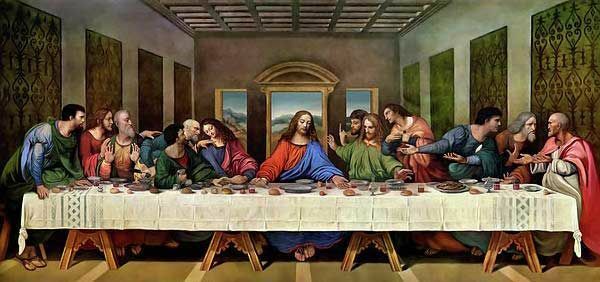
Leonardo da Vinci's Inventions
Leonardo da Vinci was a multifaceted figure who excelled in the arts and sciences. It is considered a polymath, that is, a wise person who has in-depth knowledge of various areas.
Thus, Leonardo was a painter, sculptor, mathematician, architect, urban planner, physicist, astronomer, engineer, naturalist, chemist, geologist, cartographer, strategist, creator of weapons and instrument inventor musicals.
In all of his creations, Leonardo discussed any established truth. Before accepting an idea, he made a point of testing it in various ways to draw his conclusions. His empiricism was later imitated by the physicist Galileo Galilei and by philosopher Francis Bacon.
- Art – in addition to painting, where he most distinguished himself, Leonardo dedicated himself to sculpture, where he made sketches, but few works were completed.
- urbanism – until the Renaissance, cities were nothing more than unhealthy huddles of houses, with few streets, no sewage. In the project he did for the city of Milan, da Vinci drew sewer channels, banned walls, designed squares and gardens. He envisioned large, ventilated houses and pedestrian streets and clear lanes for vehicles.
- Hydraulics – Based on Archimedes' principle, Leonardo invented a hydraulic pump to lift water, thus creating the first of the lifting devices. He also imagined a well pump and a hydraulic wheel, opening the way for the turbines, which the world only came to know later.
- engineering – In addition to being an aeronautical and hydraulic engineer, Leonardo was also a civil engineer. Foresaw the technique of construction of metal bridges.
- Anatomy “Because of his anatomy, he was almost arrested for being caught dissecting corpses, which was considered a serious crime. He made important discoveries, which he recorded in numerous drawings and in the "Anatomy Treaty"that he wrote.

Mastering the air has always been one of Leonardo da Vinci's passions. After studying birds in depth, in search of knowledge about flight, he devised a device very similar to them.
He came to the conclusion that the man would never fly, but could land calmly with the gliders.
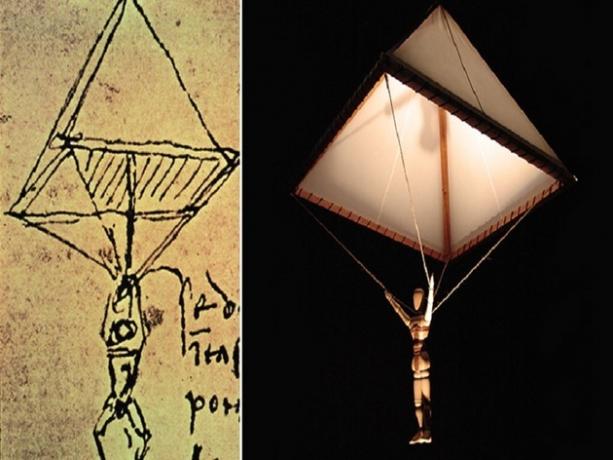
He created a parachute and several other aerial machines. Despite being fascinated by life, he also created very efficient defensive systems for those who hired him as a strategist.
Curiosities about Leonardo da Vinci
We selected some curiosities about this very important personality. Look!
- The artist was the illegitimate son of Piero da Vinci and was raised by his grandparents.
- Leonardo da Vinci was left-handed. They say he could write with his left hand while drawing with his right.
- He was also in the habit of writing backwards, from left to right.
- Da Vinci never attended a university and his training was with Andrea del Verrocchio;
- Leonardo da Vinci did not eat meat and used to buy caged birds to release them into the wild.
- The first bicycle project was done by Leonardo.
To learn about other works and artists from the period, read:
- Renaissance Artists
- The Creation of Adam: analysis of Michelangelo's work
- Sandro Botticelli

